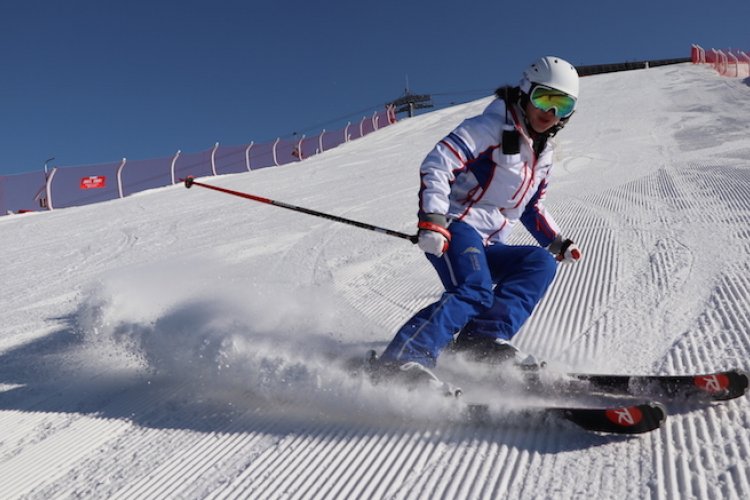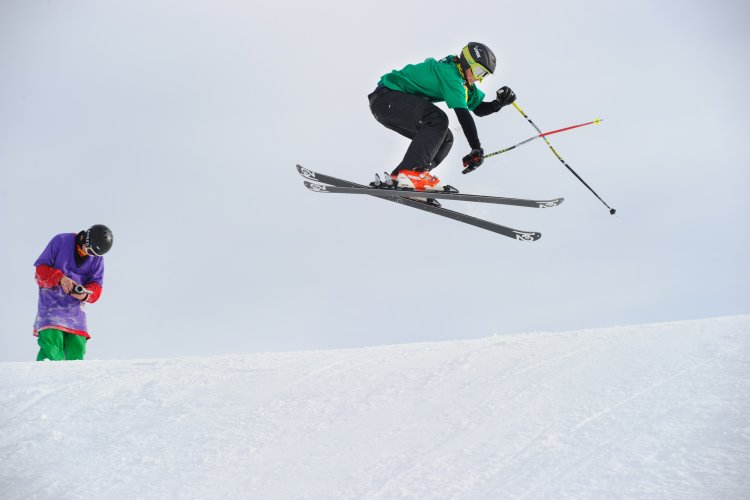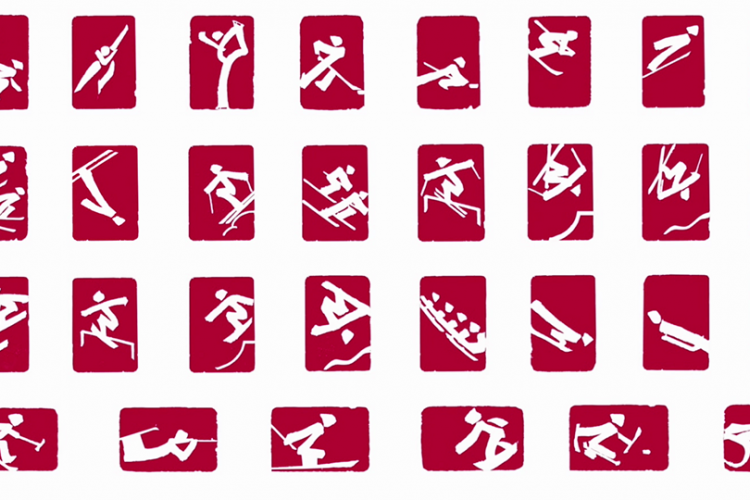BJU’s Prof. Dr. Thomas Nau on How to Avoid Injuries While Skiing
Alpine skiing is gaining enormous popularity in China and is only expected to expand further with the Beijing Winter Olympics in 2022 just around the corner. Skiing is a fantastic sport and a great way to enjoy the outdoors. However, with the growing number of skiers and the constantly changing styles and equipment, the technical and physical demands are growing as well. This has resulted in a significant increase in winter sports-related injuries in ski resorts around the world.
The overall risk of sustaining an injury during skiing or snowboarding can be reduced by a targeted fitness program. Muscles are important to protect joints and ligaments, and thus need to be properly prepared to minimize the risk of injury. Beijing United Family Hospital's Prof. Dr. Thomas Nau tells us more about what steps we should take.

Get your body ready
Regardless of your fitness level, you should start at least six weeks in advance to prepare your body for skiing. You can do that by joining special fitness classes at your gym, by hiring a personal trainer, or just by yourself. I recommend working on your endurance, strength, and coordination at least twice a week.
One example of a suggested work-out:
- Warm up (including stabilizing and coordination-based exercises)
- Endurance (running or cycling)
- Strength training
- Stretching and cool down

Carving and Snowboarding
Newer styles of carving and snowboarding require more technical skills. I have often seen beginners that try these modern and quite aggressive skiing styles have sustained severe and devastating injuries that could have easily been prevented. Therefore, I advise getting professional instruction, especially when you are not used to the equipment. Even one day of instruction may help to reduce the risk of injury and make the experience more enjoyable. The same applies to beginner snowboarders. A beginners course always pays off. Without some of the simple basic skills, you may end up falling down all the time and quitting before you even get started.

Before Going Downhill
A proper warm-up definitely reduces the possibility of injury. This can be started on the way up or on top of the mountain. A simple 10-minute warm-up including range of motion and flexibility exercises should be enough. Starting “cold” means exposing your muscles and joints to unnecessary risk. In my practice, I have treated hundreds of patients whose skiing day only lasted about 10 minutes or even less, and for the majority, a simple fall or turn resulted in an otherwise easily avoidable injury. If you watch a ski race on television, you can see how seriously professional athletes take their warm-up. Your first slope of the day should always be an easy one so that you can get used to the slopes and the type of snow. For example, wet snow on warmer days acts entirely differently to dry powder on colder days. Once you feel comfortable, you can increase the difficulty level of the slopes you are skiing.
Additional Tips from the Expert
Wrong equipment significantly increases the risk of accidents. Your body mass and height are not the only deciding factors when choosing your equipment; you (or the person renting you your equipment) must also factor in your skill level. In addition, it is extremely important to get your skis and bindings checked before hitting the slopes

Prof.Dr.Thomas Nau is a Consultant Orthopaedic Surgeon and Sports Medicine Specialist at Beijing United Family Hospital. He has more than 20 years of experience in treating skiing and winter sport injuries
This post is provided by BJU
Photos: Wikimedia, PXhere, courtesy of BJU






